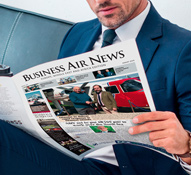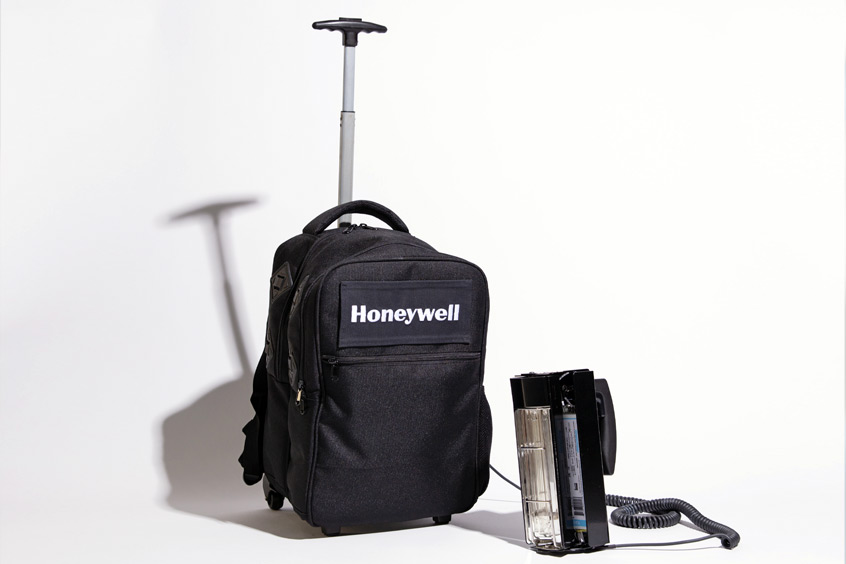ACE 2026 - The home of global charter.
 The bimonthly news publication for aviation professionals.
The bimonthly news publication for aviation professionals.

Expanding on its UV Treatment System for airliners, Honeywell is debuting a smaller version of the product that includes a UV wand and portable backpack. Designed to help reduce pathogens found on high-touch surfaces in a quick and low-cost manner, this new device can be used in a multitude of transportation options, from buses and trains to cars and small aircraft.
“In early June we debuted the Honeywell UV Treatment System, which was designed to roll up and down the aisles of a passenger aircraft. We quickly recognised our customers' need for another option that was more portable and easier to use in smaller spaces, so we built the Honeywell UV Treatment Wand,” says Brian Wenig, VP of mechanical systems and components, Honeywell Aerospace. “With this new system, smaller aircraft and other vehicles like trains and buses can benefit from the same proven ultraviolet-c (UVC) technology shown to reduce various viruses and bacteria.”
The Honeywell UV Treatment includes a handheld wand approximately 12 inches long to dispense UVC light. The entire system weighs roughly 15 pounds and can be used in any size space where a person will fit, including vehicles, buildings and other shared spaces. The backpack portion of the device, which also rolls like a small piece of luggage, contains a battery that lasts for one hour of steady usage. It takes about 2.5 hours to recharge the battery when fully drained. The new portable option contains a single UVC lamp, and it can be operated for 10 cents per use.
The wand can be used at varying speeds and distances from a target surface. At its ideal dosage and speed, it can be used to cover approximately one sqm in 17 seconds, or about 3.5 metres per minute. The device could treat high-touch surfaces in a midsize business jet cabin, cockpit and lavatory in less than 15 minutes. The surfaces in a typical rental car could be treated in five minutes.
Unlike chemical cleaning solutions, UV light does not leave chemical residues on surfaces or require storage and frequent replenishment of chemicals. When properly applied, UVC lights have been found capable of delivering doses that clinical studies show reduce or inactivate various viruses and bacteria, including SARS-CoV and MERS-CoV. Results vary based on UV dosage and application, and no testing has been done specifically on protection against SARS-CoV-2.
Honeywell is currently accepting orders for the UV Treatment Wand with first shipments coming this April.